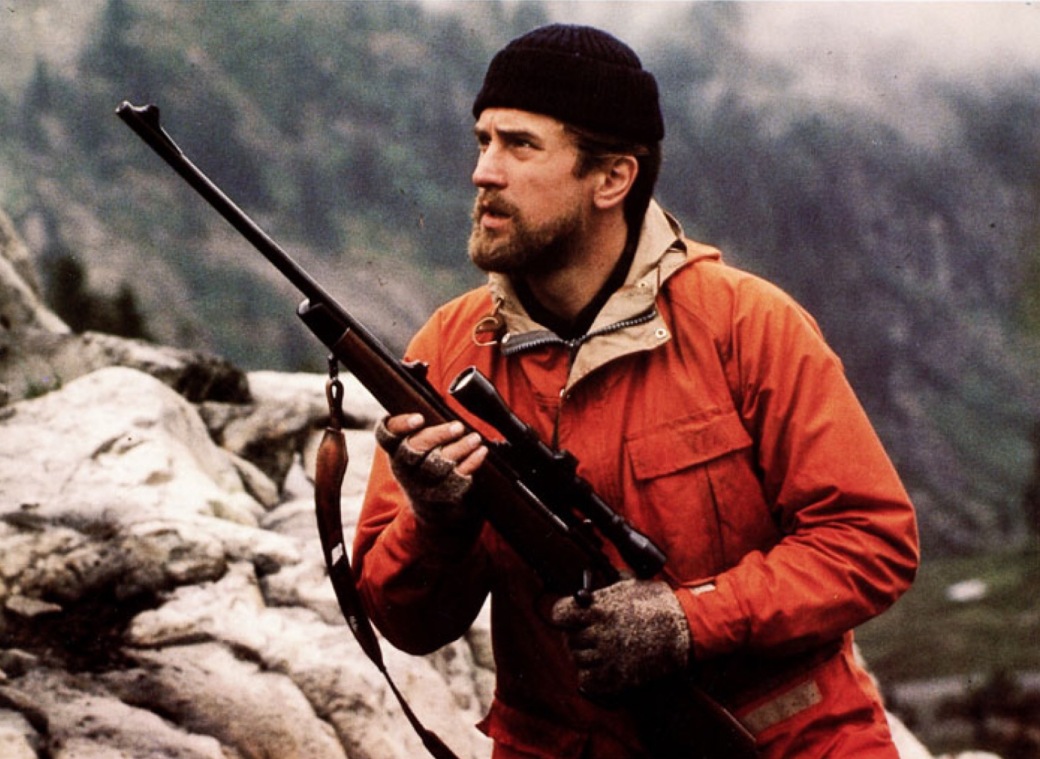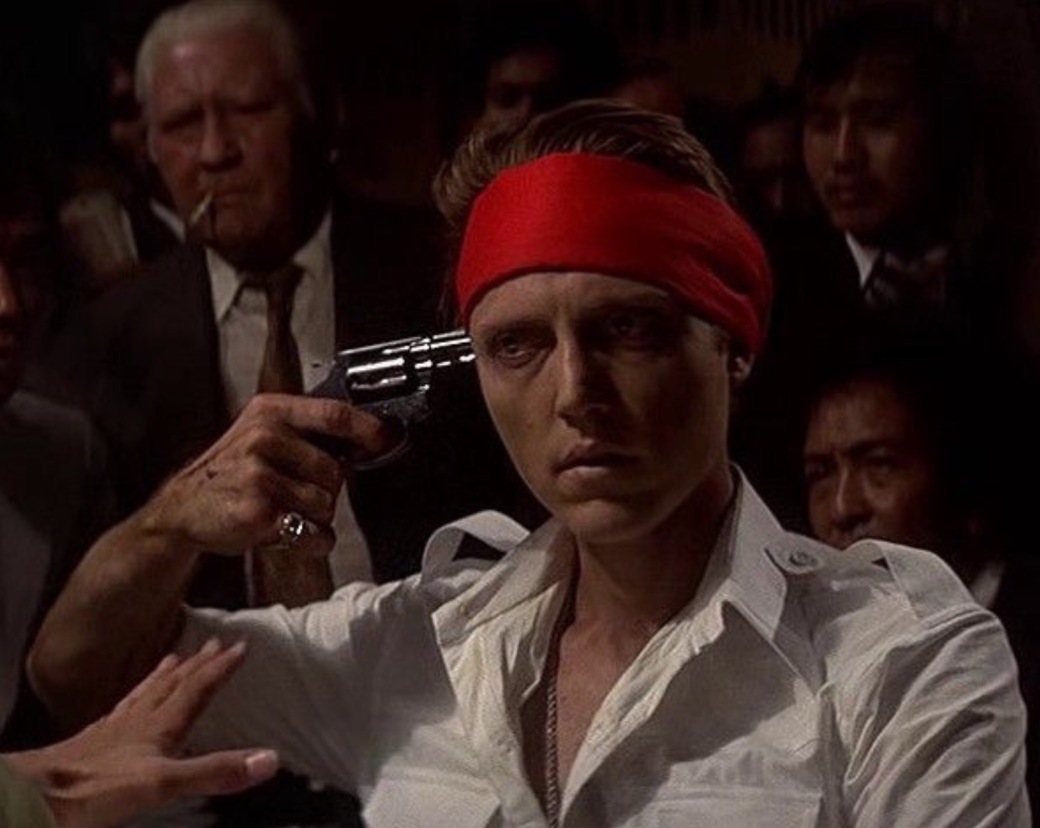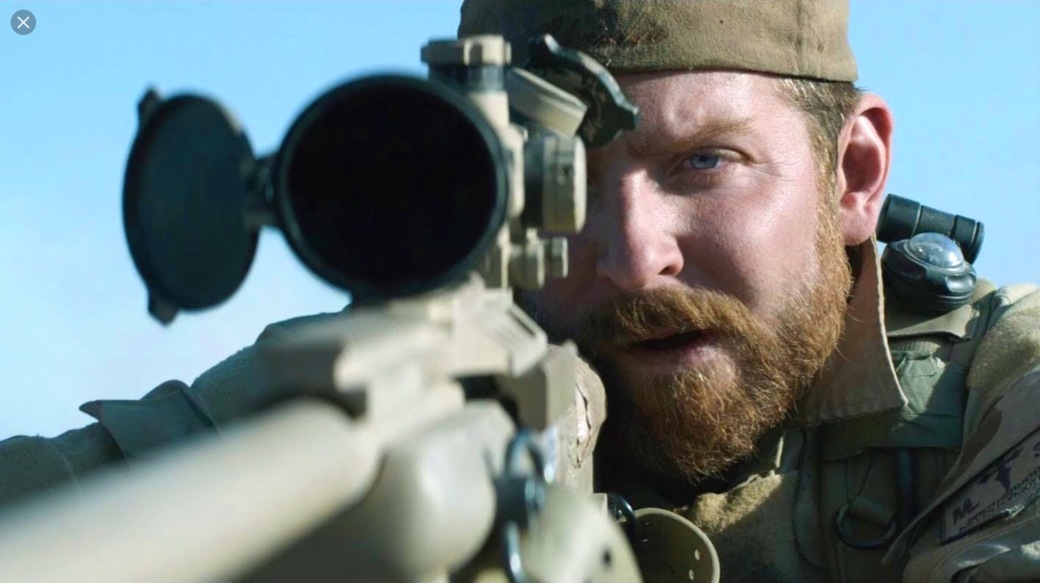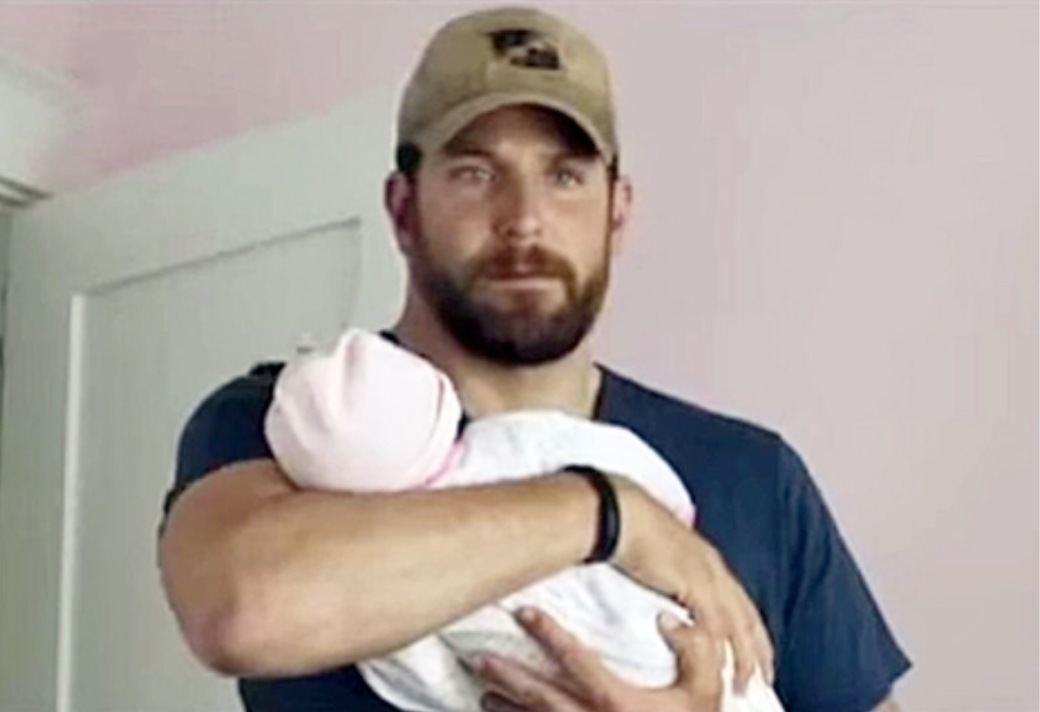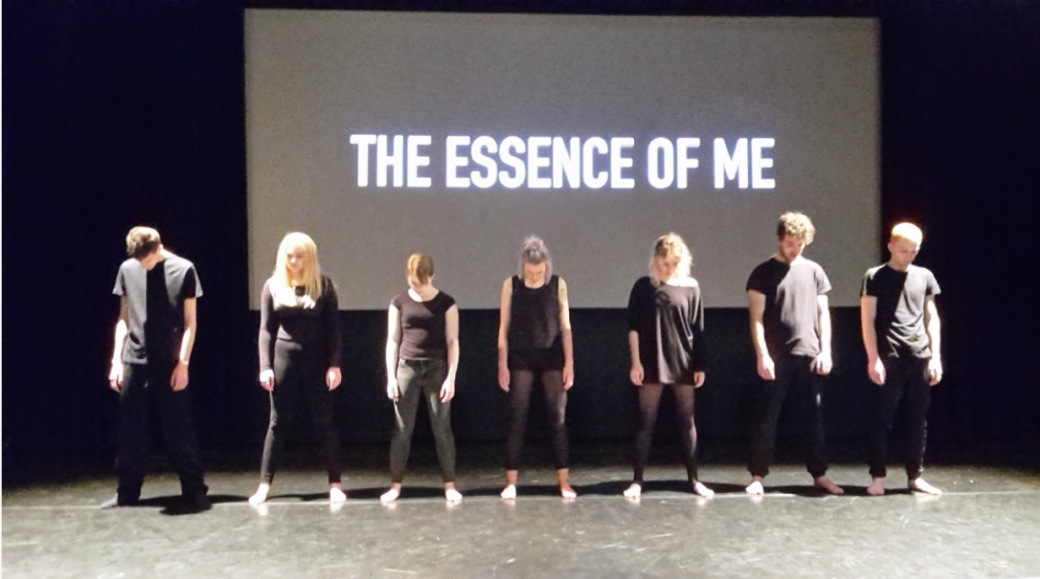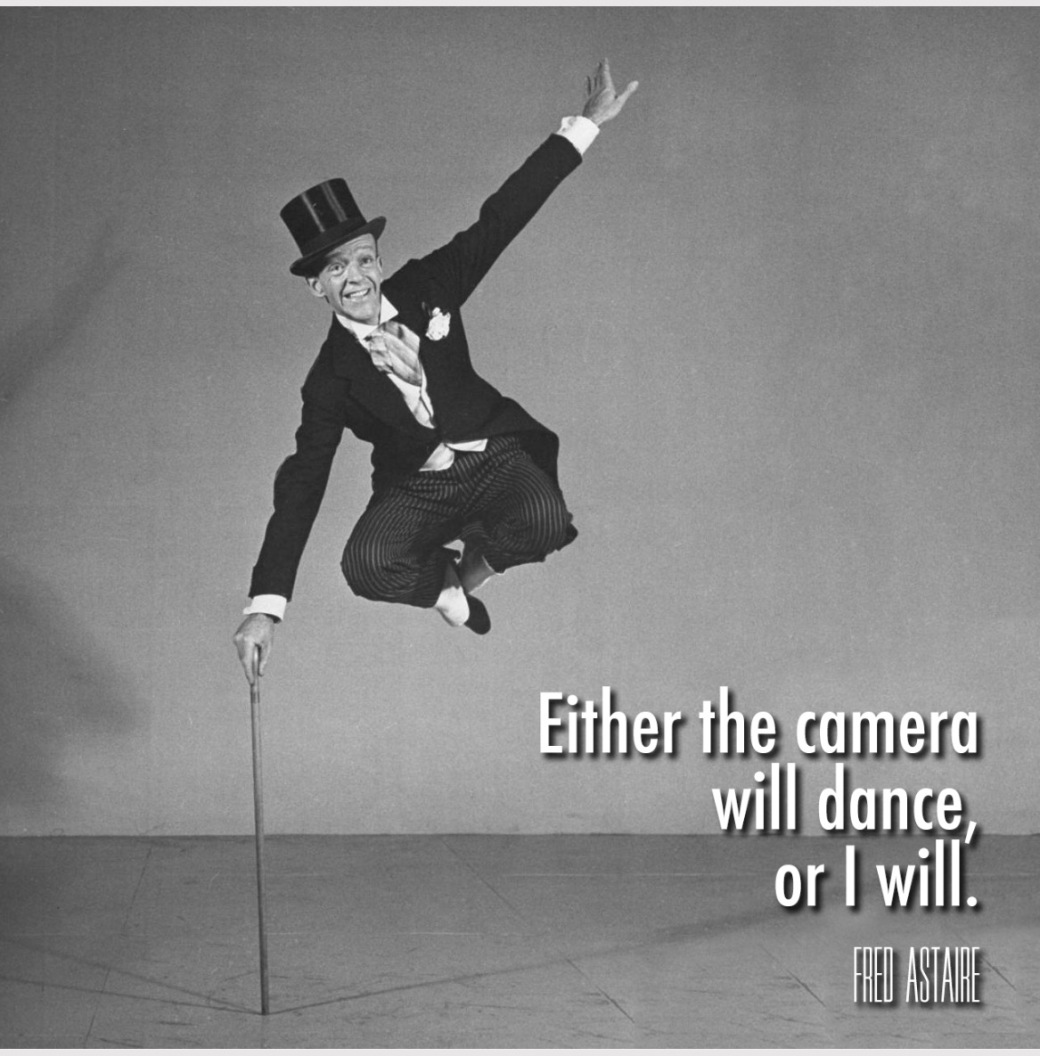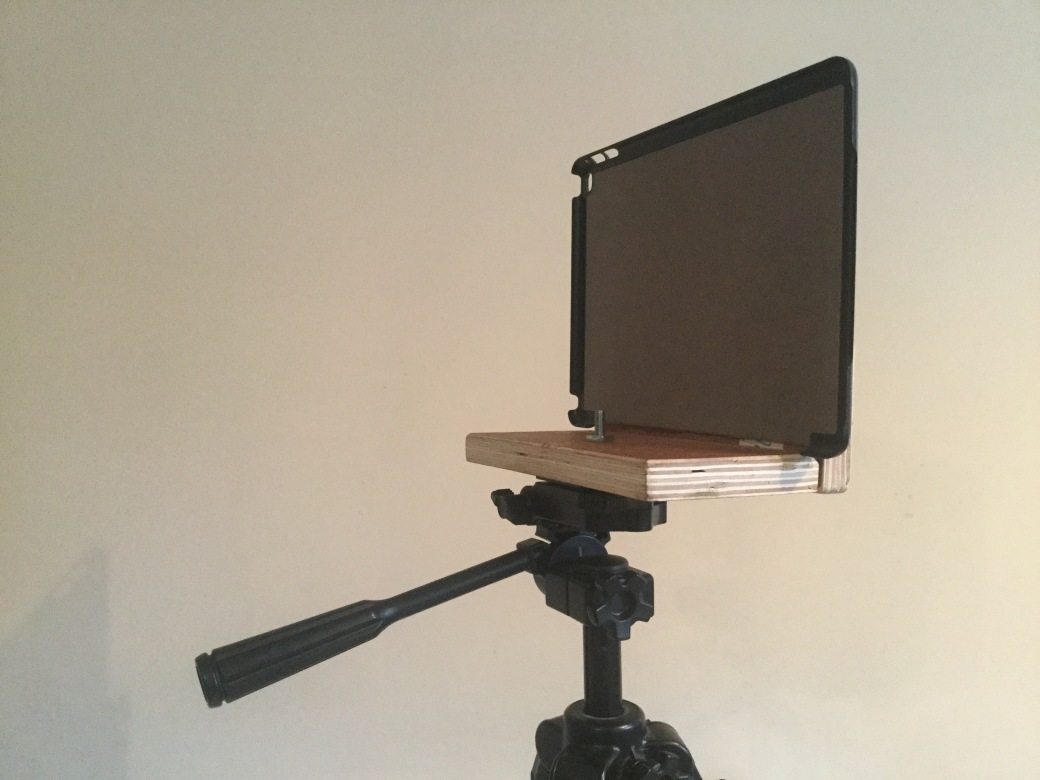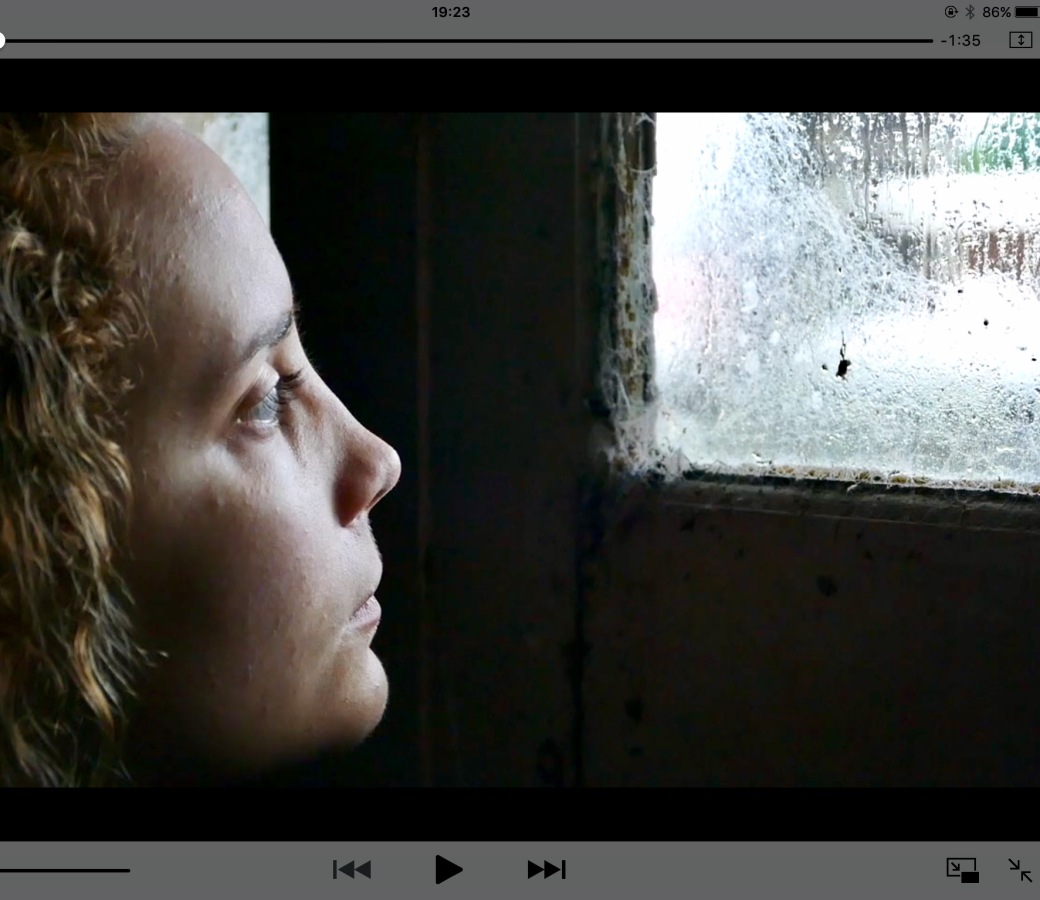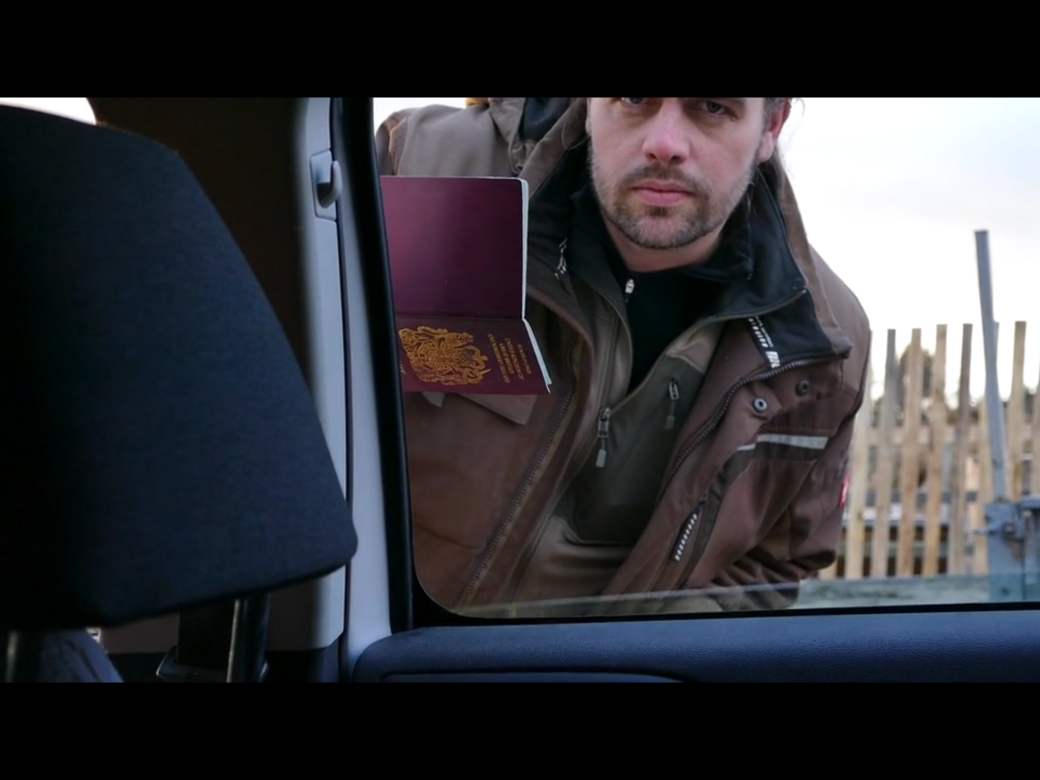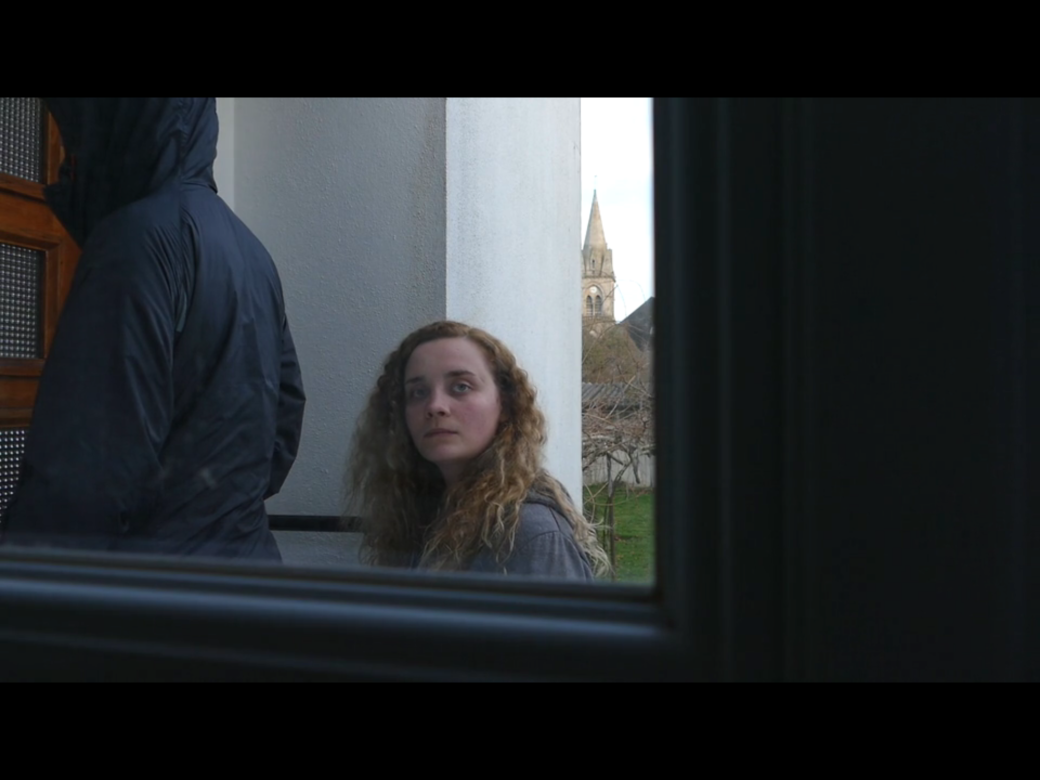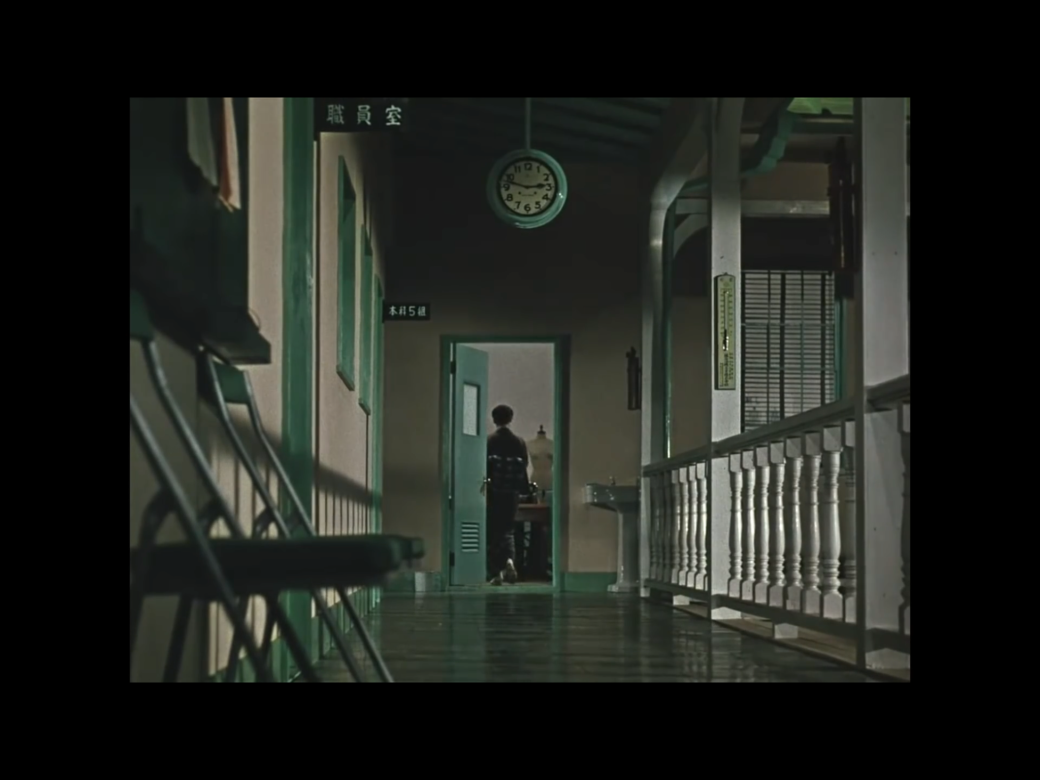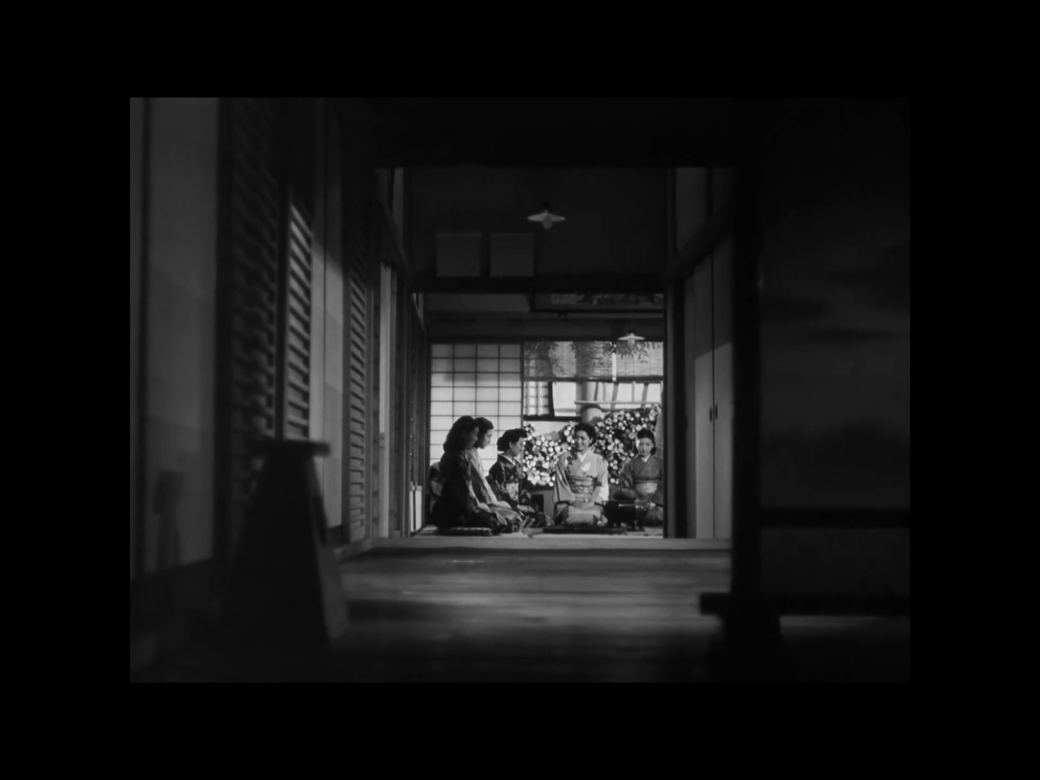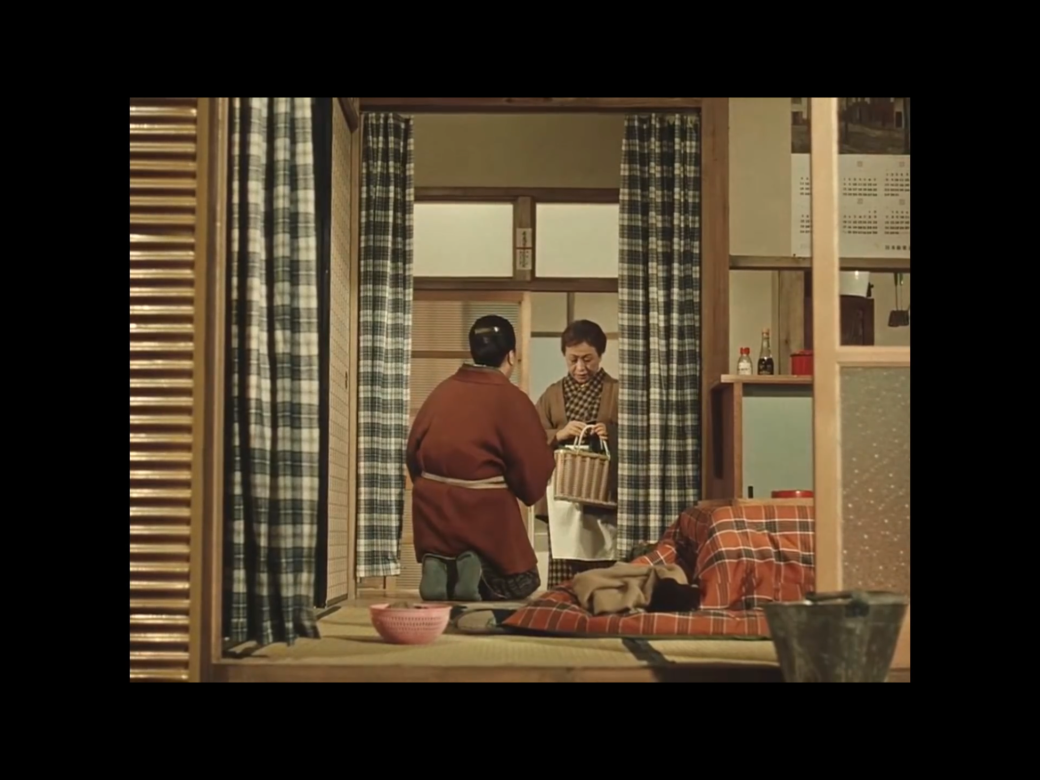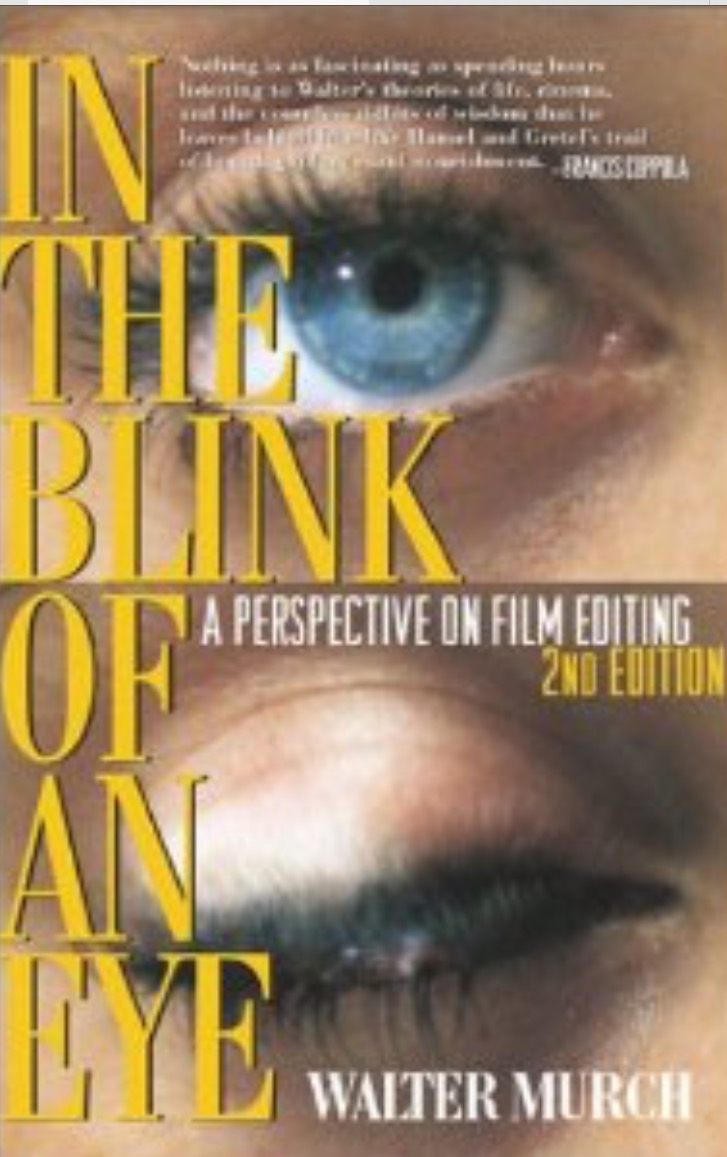I subscribe to and am quick to watch new videos posted on
The YouTube channel ” Creative North“. The channel is the work
of Swedish filmmaker Jonny Von Wallstrom. Jonny is a very
successful YouTuber but not a megastar with 28,000 subscribers
gained over more than 2 years of regular posting. He Also has a
Facebook an Instagram and a Twitter account,
Because he is a filmmaker it makes sense that YouTube is his
Main platform allowing him to showcase his work as a professional
Filmmaker. He is an award winning and I think talented filmmaker.
In the intro to his YouTube videos he states that ” For 10 years
I’ve been struggling to make films,I’ve tried to make stuff I believe
in but I’m always let down.Instead I’ve decided to document my life
And the struggle to create”. His downbeat delivery of these lines
accompanied by filmic footage gives the impression of a low-key,
Thoughtful intelligent filmmaker with a touch of melancholy (in a
gloomy Scandinavian way) but cool with it,
His content
The channel has several themes running through it which are sorted into
“Created playlists”. Many of these films have a political edge and are
Liberal / progressive in nature. Films about individuals usually artists with
The background of the Arab Spring playing out. Telling us about their
Struggle to assert freedom of artistic expression in the face of the real
danger of arrest and torture.
“The right to freedom of artistic expression”
This fits nicely with the thread that runs through the whole channel, that
Of the struggle to create.
Another playlist consists of 8 films “Born in 1980 something”. Presumably
the decade he was born into. Again they are the stories of individual artists
– musicians, graphic artists, dancers, photographers telling the story of
their creative life.
These videos typically have around 8,000 views, not a lot by YouTube
Standards. However these well shot well, made short films get a lot of likes and
unbroken positive comments.
By along way at 285,000 views his most popular video is “How to become
This is tutorial on how he colour grades on Devinci Resolve his footage shot
on his BMPCC to give that washed out look beloved by Art College Lecturers.
So he only got big numbers of views when he moved away from his actual
films to make a tutorial of the sort that already exist in great numbers on
YouTube. But presumably it brought him a good number of new subscribers.
Also he gained a lot of negative feedback through the comments when he
went outside of his usual fan base.
OTHER SOCIAL MEDIA PLATFORMS HE USES
He uses neither of these platforms in a prolific way and they are not particularly
Well followed. They seem to be there to support his main social media venture
i.e. YouTube. He posts video,stills and comment on both to promote his next
video to be posted on YouTube.
Jonny Von Wallstrom outlines his strategy for using YouTube to promote his
Work in the video “How to get discovered as a filmmaker”
In this video he charts and describes how he uses personal projects to boost
his commercial career. Off the back of the channel he claims to get commercial
work in documentary and advertising. So he counts it as having two careers
firstly having the freedom to develop his own personal style which has the
additional advantage of managing client expectation. They know what his
work looks like so they know what are getting so are more likely to leave him
alone to create.
Although the YouTube channel has not been a great money spinner for him in
terms of view driven advertising he claims by showcasing his work this way
he has no need to do any other marketing to drive a successful commercial
Practice.His best example of this is ………
The film is:
This is a feature length documentary that he completed 4 years ago about
a transgender man reconfiguring as a woman in Uganda a country that has
draconian laws forbidding homosexuality. Jonny has promoted his film around
the world for the last 4 years at film festivals. He feels that his YouTube
presence made a huge contribution to his eventual sale to Netflix.
MY OWN USE OF SOCIAL MEDIA
I’m 54 and my feelings about social media are deeply ambivalent. It is only in the
last year that I have had any real involvement with it. I struggle with the whole
Concept of sharing my life with strangers or people I part know. It seems mainly
to be shallow, time wasting nonsense and I swipe away the great majority of
notifications without looking at them.
I do engage with people who I’m close to within a family Facebook group and
that’s simply because I care about them and what they are doing.
There’s another caveat to this. I’m a student filmmaker now and if your making
films then you’ve got to want people to see them and the way films are
distributed, marketed and consumed now is online. My first attempt at this
turned out to be very powerful. The 90 second short I made prior to starting
College was a very personal film about the memory of my brother John who
died suddenly when he was 29. I put it on my Facebook page and it got over
100 views which is more than the number of friends I have on Facebook .
Also it got a lot of nice comments from people who didn’t know John and
People who did, shared memories of him. I was deeply touched by this and
It’s very possible that despite its technical shortcomings I won’t
make another film with the same emotional impact.
Beyond getting my films seen I also recognize that I need to connect with
other filmmakers. So in that spirit I’ve just requested the “friendship” of
other filmmakers on my course 👍😀wtf lol
USING SOCIAL MEDIA TO RAISE YOUR PROFILE AS A FILMMAKER
This is basically marketing.This cheesy video sets out what it calls
“10 laws of social media marketing”
It might be interesting to see if Jonny Von Wallstrom complies with these
10 laws.
1.The law of listening.
Rather than just posting messages,statements and videos listen to what
the customer says.
How does Jonny do?
Jonny certainly answers a few comments and is gracious and cool with
criticism.But generally his whole philosophy is be true to yourself do
What you want to do and get the customer to listen to you.
2.Be focused.
It’s better to specialise than be a jack of all trades.
How does Jonny do?
Jonny is very focused.His message has that constant refrain of its
all a bit of a struggle.He sticks to his style of filmmaking ensuring its
you soon come to recognise his style.
3.The law of quality.
It’s better to have 1000 online connections who read,talk about and
Share your content than 10,000 connections who disappear after
connecting with you for the first time.
How does Jonny do?
Jonny has a loyal fan base myself included who watch his content with
a regular steady number of views.After a break out video like his colour
correction tutorial which enjoyed over 250,000 views his views settled
down to nearer their usual levels less than 10,000
4.The law of patience.
Social media and content success doesn’t come overnight,it’s far more
likely that you will need to commit to the long haul.
How does Jonny do?
Jonny has not gone viral. 67 videos and 2 years later and his views are
typically less than 10,000 but patience has paid off he has sold his film
to Netflix.
5.The law of compounding.
If you publish quality content and work to build your online audience of
quality followers they’ll share it with their own audience on Facebook,
Twitter and so on.
How does Jonny do?
I’m sharing Jonny’s stuff on this blog.
6.The law of influence.
Spend time finding the online influencers in your market who have
quality audience and are likely to be interested in your product.
How does Jonny do?
I see this in reverse on Jonny’s channel. A filmmaker called Levi Allen
who I also follow crops up in Jonny’s comments obviously trying to
tap into Jonny’s ” influence”
7.The law of value.
If you spend all your time just directly promoting your products,people
will stop listening.You must add value to the conversation.
How does Jonny do?
I watch Jonny’s because I enjoy and learn from his films.
8.The law of acknowledgment.
Build relationships by accepting attempts to contact you.
How does Jonny do?
I’ve never reached out to Jonny so I’m not to sure on that.
9.The law of accessibility.
Don’t publish your content then disappear.
How does Jonny do?
Jonny publishes fairly regularly every 10 – 14 days it’s good
quality content so that’s reasonable. Its also one of the important
Reasons for getting subscribers, then if you have a break from
publishing then when you return your subscribers will be made
Aware of your return.
10.The law of reciprocity.
You can’t expect others to share your content if you don’t spend
time promoting theirs.
How does Jonny do?
I’ve no evidence of how good Jonny is on this but he is actually
very true to most of the above laws. Could do with investing more
time in some of them, but there again he needs to leave time to
Make films.

